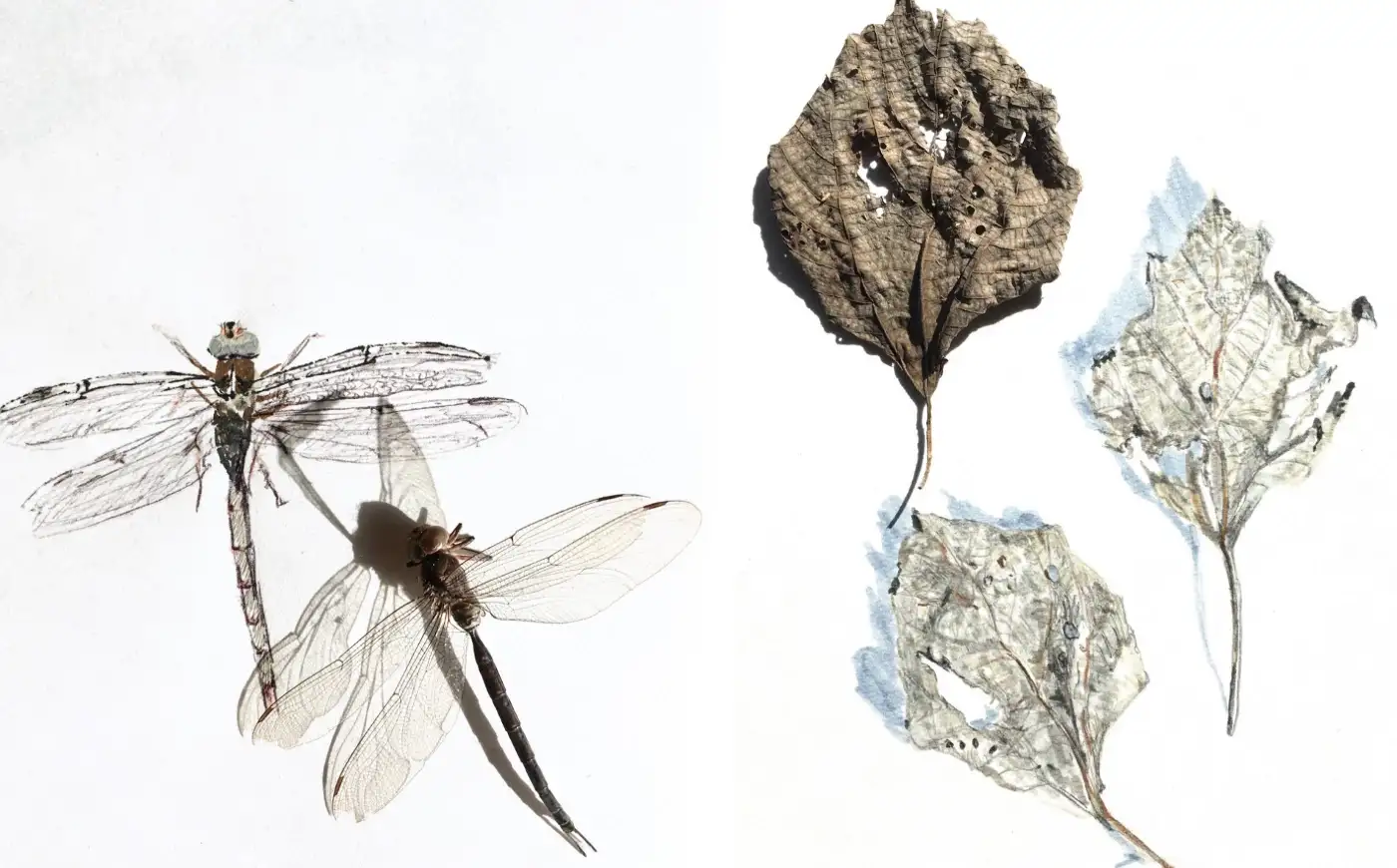Awagami Factory, Yoshinogawa, Japan (2.5 months)
“The skies and land are so enormous, and the detail so precise and exquisite that wherever you are you are isolated in a glowing world between the macro-and the micro, where everything is sidewise under you and over you, and the clocks stopped long ago.”
— Ansel Adams

A benefit to travel is being able to see the world around you with new eyes. It is as if all surroundings crystallize, enhanced color and detail. This is especially true when exploring outside. All senses are on high alert, uncovering new sites, sounds, smells, and textures unseen. A sensory explosion and for this reason I am a nomadic artist.

Typically in the first days or weeks of being in a new place I collect objects from the surroundings and photograph everything, up close and afar. This process is very fast-paced. Compiling and collecting pieces of the land provides a sense of place. I find this is the best way to build a relationship with a new location without bias or opinion about it. The identity of place is shown in collected “evidence” of where I am.
Then, I retreat to the studio and sort through dozens of objects and images, finding unique and common characteristics between them. Unsure of what will stand out, I let my gaze and curiosity guide me. Perhaps what I find most appealing is a detail in the background or a small insect on the corner of an image. Either way, the images and objects introduce me to the surroundings, uncovering surprises in discovered artifacts.

Collecting objects in Japan was particularly easy as many were gifts. Flowers and fresh produce were left on my doorstep or given with a genuine bow and two-handed pass-off. Illustrating these gifts provided another dimension to place since they reflected the values of local people.
Found and received items inspired a series of drawings entitled, “Pieces of the Land” on various washi papers. To capture the essence of my environment, I enjoyed documenting these findings. This project was also an exploration of washi paper, using different media on various mitsumata, kozo, gampi, and bamboo paper.

